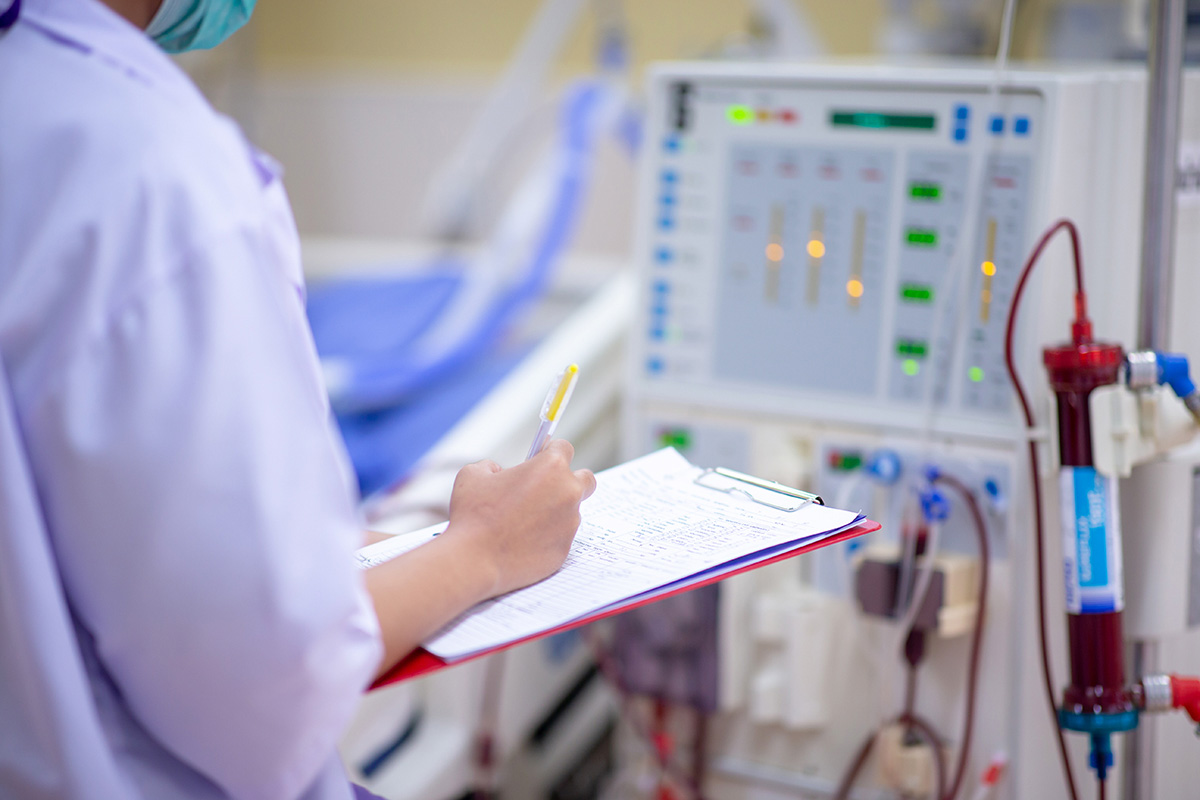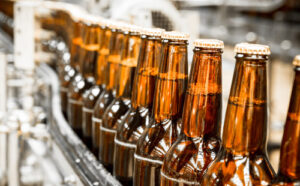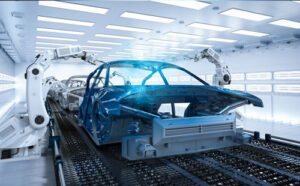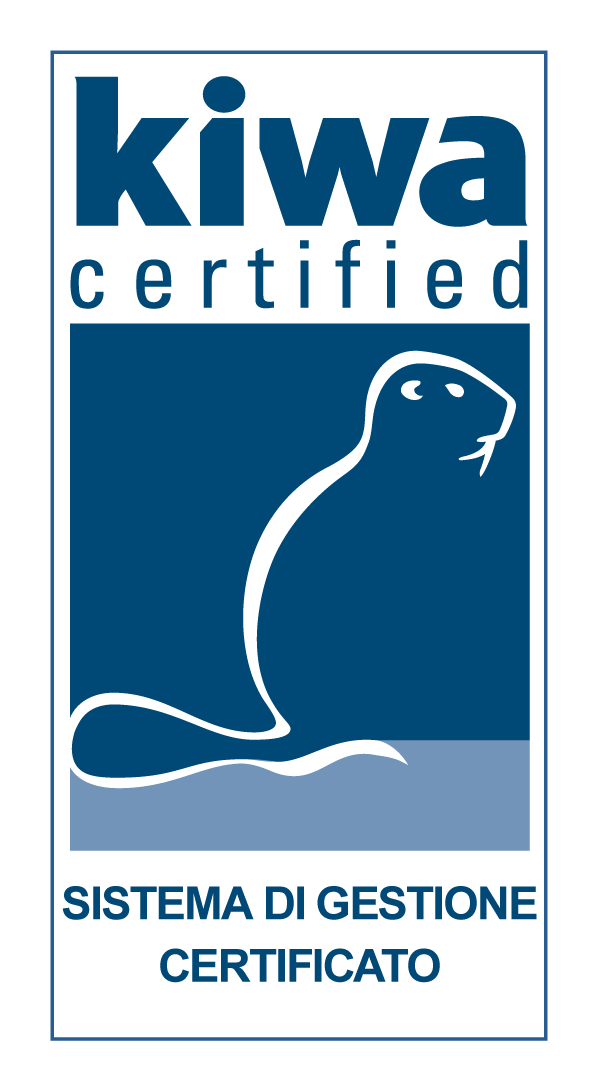The importance of
There are millions in the world suffering from Chronic Kidney Failure (CRI), and precisely to draw attention to this pathology.

Dialysis in particular, although not a cure, is today one of the fundamental treatments for patients with chronic renal failure, as a therapy that artificially replaces kidney function, thus helping to cleanse the blood of excess waste products.
What is dialysis?
Used mainly in patients with acute renal failure, dialysis treatment largely replicates the functions of the kidneys: hemodialysis (as well as peritoneal dialysis) expels waste products, toxins, excess salt and water from the body, which the kidneys are no longer able to remove.
At the same time, dialysis aims to maintain the body’s balance by correcting the levels of the various toxic substances present in the blood.
How does hemodialysis work?
Hemodialysis uses the system called artificial kidney to remove toxins, chemicals and excess fluids from the blood. The patient’s blood proceeds inside the device through a semipermeable membrane that divides the internal space into several compartments – one containing the dialysis fluid, the other the blood – between which an exchange of solutes takes place.
The semipermeable membrane in fact allows the passage of molecules, favoring movement in a particular direction. Once the exchange has taken place, the blood – filtered and cleaned – leaves the device and returns to the patient through a venous catheter.

Pure and safe water for hemodialysis
The hemodialysis treatment lasts about 4 hours and must be repeated 3 times a week. A dialysis patient therefore comes into regular contact with considerable volumes of water, on average 350 liters. In fact, solutions at different concentrations circulate in the dialysis system – dialysates – consisting of treated mains water, buffer substances, mineral salts and various substances that the patient must take – mixed directly in the hemodialysis device.
It is therefore essential that these solutions meet correct quality and purity standards in chemical-physical terms: electrolytic composition, presence or absence of chemical pollutants, low concentration or absence of bacteria, fungi and endotoxins.
The high microbiological purity of the dialysis fluid is a fundamental requirement of dialysis treatment, since studies show the link between the quality of the dialysis fluid and the well-being of hemodialysis patients.
Treated water for dialysis use: to all intents and purposes a “drug” …
Therefore, it is first necessary to ensure the best chemical and microbiological characteristics of the tap water used as the basis of the solutions for hemodialysis. The microbial contamination of prepared dialysis water, starting from drinking water from the mains, is in fact a risk factor for the dialysis patient.
Culligan, which has always been at the forefront of the Culture of Water, is able to provide concrete answers to the need for water purity in the care of patients on hemodialysis. In fact, for more than 80 years he has been dealing with water intended for human use, respecting the highest standards of chemical and microbiological purity. And it is therefore capable of meeting even more selective requirements when it comes to water purification for hospital use, as in the case of hemodialysis.
The Culligan RO2 and Acqua-Cleer RO2 MD BiO THERMO Bi-Osmosis systems are the result of 30 years of experience in the medical sector, to ensure safe water in hospital treatments for hemodialysis.
RO2 MD BiO Bi-Osmosi
RO2 MD BiO Bi-Osmosis system – consisting of two units operating in series – allows the production of high quality and purity water, thanks to a double purification step: in a first step up to 90- 99% of salts and salts are removed other contaminants.
The second step allows you to remove 90-99% of the residue, ensuring an important barrier against microbiological substances.
RO2 MD BiO THERMO
The innovative sanitization system of the RO2 MD BiO THERMO device uses reverse osmosis membranes specifically designed to withstand the high temperatures of the sanitization process: the use of water heated to 85 ° C allows to destroy the microorganisms that can proliferate on the surfaces of the treatment system and in the distribution circuit.
In this way the use of chemical sanitization is considerably reduced, ensuring savings in economic terms and at the same time avoiding the handling and disposal of chemical substances.
The quality and purity of water for dialysis treatment is the main objective of the RO2 project but not the only one: Culligan systems have been designed to be as energy efficient as possible and to minimize water waste.
Thanks to the modular structure, the possibility to diversify the flow rate, as well as to recycle and regenerate the maximum amount of water possible, the new water treatment systems RO2 MD BiO THERMO and RO2 MD BIO allow to guarantee patient safety, reduce running costs and respecting the environment at the same time.

 Uffici e ristoranti
Uffici e ristoranti Per la casa
Per la casa Piscine
Piscine





